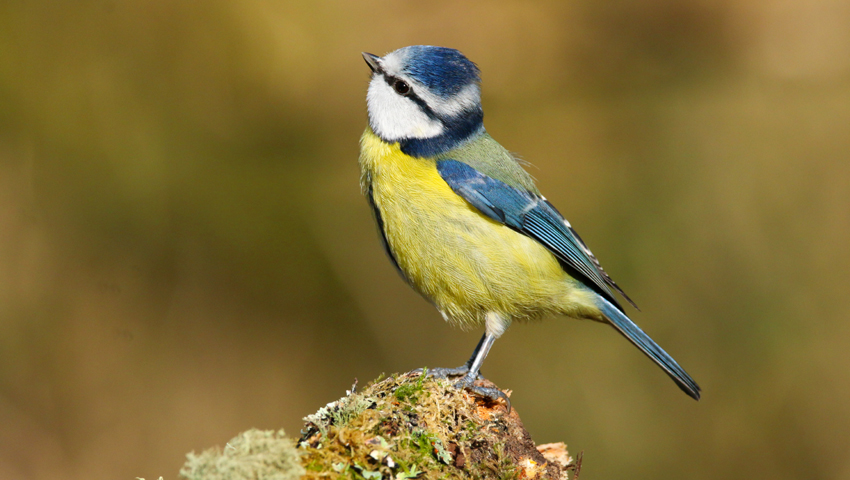“Sitting with some of the farmers’ children and pointing out birds to them is so rewarding. Building friendships with the farmers and their families is great and having an open door – or field – to return any time to birdwatch is priceless,” says bird expert and volunteer counter Andrew Goodall.
Last year, more than 1,700 farms took part in the Game & Wildlife Conservation Trust’s Big Farmland Bird Count. More than 460,000 birds of 149 different species were recorded across over 1.5 million acres of farmland.
But it was not just farmers and landowners themselves who grabbed their wellies and headed off into the fields with their binoculars for half an hour during the first two weeks of February.
In Suffolk, Andrew was busy helping about a dozen different farms, all part of the newly formed High Suffolk farm cluster, do the count.
He says, “In addition to obviously being out walking in the fresh air – which is good for the soul – and watching and counting the farmland birdlife, it is great when you are able to inform a farmer what has been identified on their farm.
“Recently within the cluster we have recorded white-tailed sea eagle, a Dutch ringed bird, hen harrier, plus lots of grey partridge, linnet, yellowhammer. Even turtle dove is still breeding on some of the farms.”
With only a few days to go until the start of this year’s count, the challenge is now on to once again encourage as many people as possible to sign up and take part.
Patrick Barker, whose family farms 545 hectares of arable land in Suffolk and has been involved in the initiative ever since it started ten years ago, said, “There is not always time for farmers to carry out the counts themselves – we are busy people all year around, but this does not have to stop you from taking part.”
It was Patrick who roped Andrew in to make sure that they together could cover the whole cluster. Patrick said, “I have been recording on 3 or 4 of our farms for the past 10 years. Now with Andrew’s help we are covering three or four times as many farms.
“It’s a win-win situation for both parties – Andrew loves seeing and recording the birds while we farmers get a snapshot the biodiversity on our land. It also helps us understand and evaluate where and how our conservation efforts are paying off.
“It is also great to have an overview of what birds, including those rare and threatened species, are spotted across the cluster.”
Andrew added, “You know you have really achieved something fantastic when farmers have recorded birds calling or singing on their farms and sent the recordings to you, either to ask for help with identification, or to proudly let you know what they have found on the land.
“I would recommend birders contact their local farmers and at least ask if they would be willing to allow them to take part in BFBC, or indeed any other organised bird surveys.
“Farmers please contact your local county bird recorder who can put you in touch with birders who would welcome the opportunity to count birds on your farms.”
The GWCT Big Farmland Bird Count runs from 2 to 18 February 2024 – find out more here
